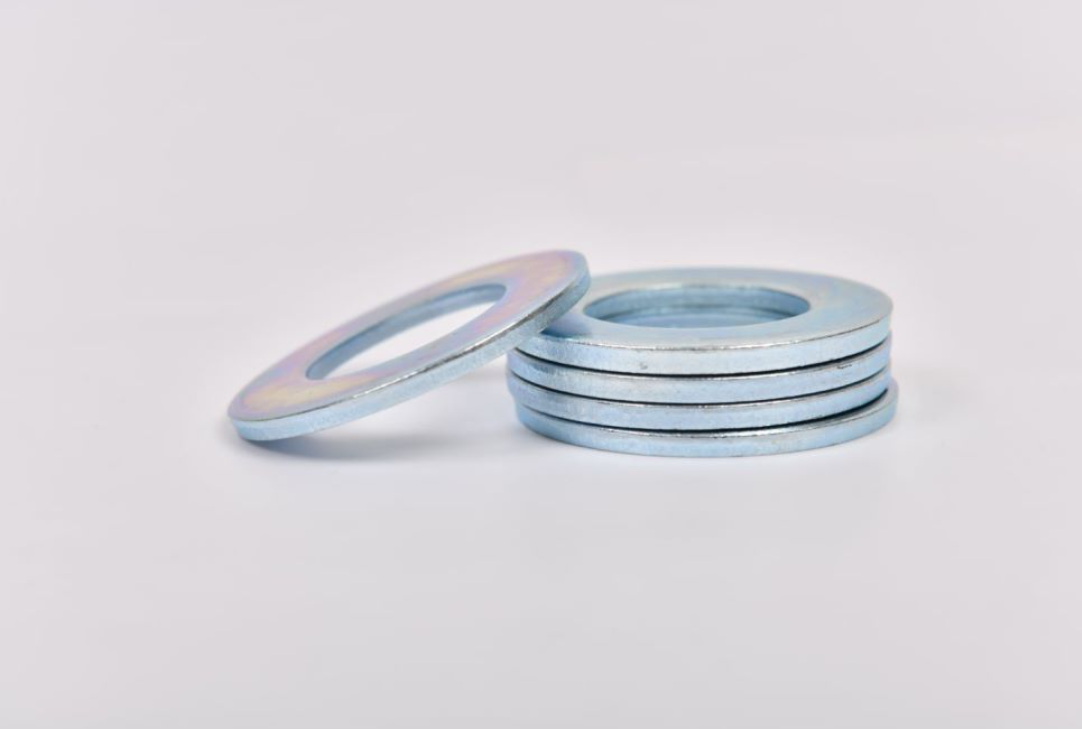drywall screw for wood studs products
The Essential Guide to Drywall Screws for Wood Studs
When it comes to interior construction and renovation, the importance of selecting the right fasteners cannot be overstated. Among various materials and fasteners, drywall screws specifically designed for wood studs are a fundamental element in achieving a sturdy and durable structure. This article explores the characteristics, types, and proper usage of drywall screws for wood studs, providing a comprehensive understanding for both DIY enthusiasts and professionals alike.
What are Drywall Screws?
Drywall screws are specialized fasteners used to attach drywall sheets to wooden studs or metal frames. Unlike regular screws, drywall screws feature a sharp point and a deep, coarse thread that helps them grip the drywall and the underlying structural elements with ease. These screws are designed to reduce the risk of breaking the drywall during installation, ensuring a clean and professional finish.
Types of Drywall Screws
There are various types of drywall screws available on the market, each suited for specific applications. The primary classification often refers to the head type and thread configuration.
1. Type of Head - Bugle Head This is the most common type used in drywall installation. The bugle shape allows the screw to sink into the drywall without tearing the paper, resulting in a smooth finish. - Pan Head While not as commonly used for drywall, pan head screws can be useful for thicker materials or when more head surface is needed.
2. Thread Type - Fine Thread Best suited for attaching drywall to metal studs, these screws have finer threads and are less likely to strip out. - Coarse Thread Designed for wood studs, coarse thread screws offer better grip and holding power, making them ideal for traditional building frameworks.
Choosing the Right Screw Length
drywall screw for wood studs products

When installing drywall on wood studs, selecting the correct screw length is crucial. For standard drywall thicknesses (1/2 inch), screws should generally be 1 1/4 inch to 1 5/8 inch long. For thicker drywall (5/8 inch), it’s advisable to use screws that are 1 5/8 inch to 2 inches long. The goal is to ensure that the screw penetrates the stud sufficiently, ideally by at least 3/4 inch, to provide a solid hold.
Installation Tips
1. Spacing When installing drywall, screws should be placed approximately 12 to 16 inches apart for optimal support. It's essential to align screws with the wooden studs underneath to prevent sagging and provide a strong anchor for the drywall.
2. Avoid Overdriving Make sure to drive screws just below the surface of the drywall. Overdriving can lead to cracks in the drywall and may compromise the integrity of the installation. Using a drill with a depth setter can significantly aid in achieving the right depth.
3. Use a Quality Screw Not all drywall screws are created equal. Investing in high-quality screws will ensure better performance and less chance of failure during the installation process. Look for screws that are specifically labeled for drywall applications.
Environmental Considerations
Sustainability is becoming increasingly important in the construction industry. Many manufacturers now produce drywall screws with recycled materials or environmentally friendly coatings. When selecting screws for your project, consider options that minimize environmental impact without compromising quality.
Conclusion
Choosing the right drywall screws for wood studs is essential for ensuring a secure and long-lasting finish in any construction or renovation project. By understanding the different types of screws available, their proper lengths, and best practices for installation, both professional contractors and DIY enthusiasts can enhance their construction skills. Whether you're building a new wall, repairing damaged plaster, or hanging a ceiling, the right drywall screws will provide the support and durability needed for a successful outcome. With this knowledge, you can approach your next project with confidence, knowing you have the right tools for the job.
-
Top Choices for Plasterboard FixingNewsDec.26,2024
-
The Versatility of Specialty WashersNewsDec.26,2024
-
Secure Your ProjectsNewsDec.26,2024
-
Essential Screws for Chipboard Flooring ProjectsNewsDec.26,2024
-
Choosing the Right Drywall ScrewsNewsDec.26,2024
-
Black Phosphate Screws for Superior PerformanceNewsDec.26,2024
-
The Versatile Choice of Nylon Flat Washers for Your NeedsNewsDec.18,2024










